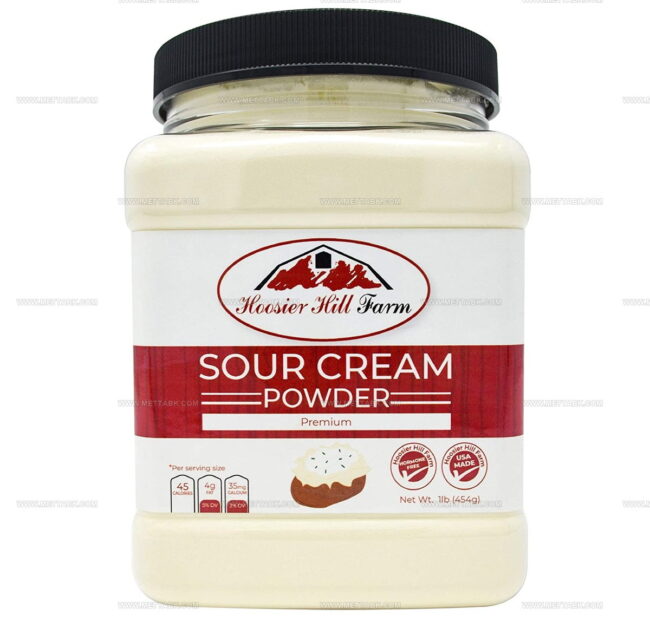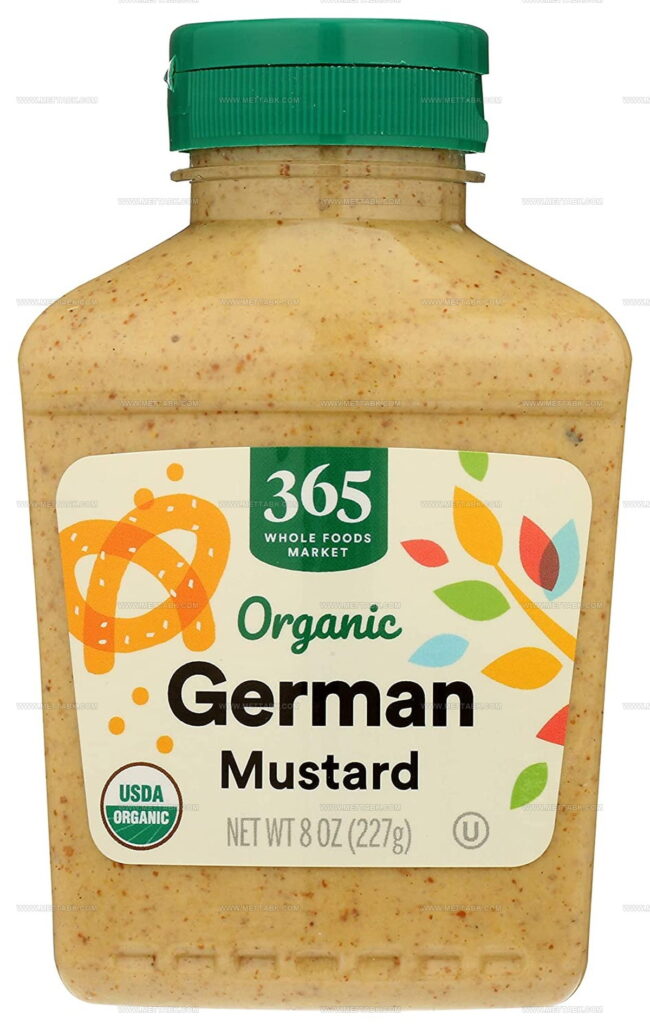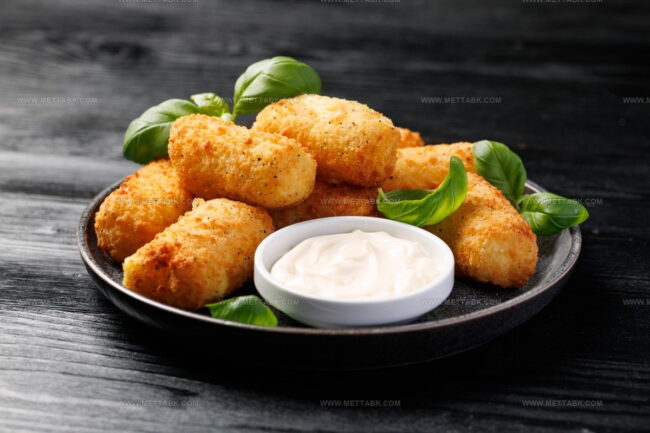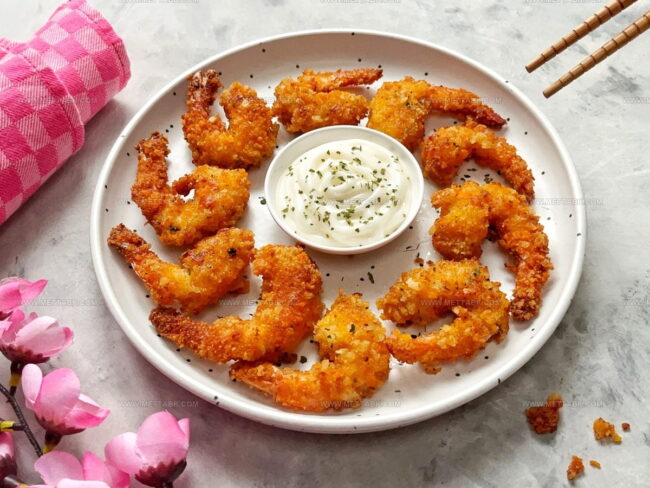3 Lighter Swaps That Replace Traditional Mayo
Mayo is a creamy, tangy staple in many dishes, but those seeking healthier options have several nutritious substitutes to consider.
Greek yogurt, avocado puree, or hummus can provide similar creaminess with added protein, fiber, or healthy fats.
These alternatives often reduce calories and saturated fat while maintaining rich mouthfeel and flavor balance.
Choosing the right substitute depends on your recipe and dietary goals.
Experimenting with these options can bring exciting new tastes to sandwiches, dips, and dressings.
Healthy mayo substitutes make it easier to enjoy classic dishes with improved nutrition.
Learn which alternatives best suit your cooking style and health needs.
Creamy and Flavorful Mayo Replacements
Mayo replacements keep sandwiches and salads creamy while offering new flavors or healthier profiles. Some swaps add zest or reduce fat with ease. Plenty of options can upgrade your recipes.
Olive Oil
Olive oil stands out as a powerhouse ingredient packed with health-promoting unsaturated fats that may reduce inflammation, improve heart health, and shield against certain cancers.
This golden liquid serves as an excellent vegan-friendly substitute for mayonnaise in various recipes despite creating slightly different flavors and textures.
Each tablespoon delivers about 119 calories, 13.5 grams of fat, and significant amounts of vitamins E and K to support your overall wellbeing.
Many people find it works wonderfully in pasta salads, dips, dressings, and sauces while boosting their intake of beneficial fats.
Sour Cream
Sour cream makes an excellent substitute for mayonnaise in almost any recipe, bringing a tangy flavor while providing nutritional benefits from vitamins A, B12, and riboflavin.
Two tablespoons (30 grams) contains just 59 calories with 6 grams of fat, 1 gram of protein, and small amounts of essential minerals like calcium and phosphorus.
Simply use an equal amount of sour cream whenever a recipe calls for mayo to achieve similar consistency with a refreshing twist.
Many people enjoy this swap in salads, dips, and sandwiches where the slight tanginess can enhance overall flavor.
Mustard
Mustard stands out as an excellent mayonnaise substitute, containing less than 10% of the calories per serving for those wanting to reduce their calorie intake.
A single tablespoon (15 grams) provides just nine calories along with minimal amounts of protein, fat, and carbohydrates.
The sweet and tangy honeyed variety adds wonderful flavor to salads and sandwiches, while Dijon offers a bolder, spicier option for other recipes.
Many people enjoy exploring different mustard types such as yellow, French, or spicy brown to find their perfect match.
Switching to mustard is one small change that can make a big difference in your overall diet without sacrificing taste.
Can Dairy-Free or Egg-Free Options Deliver The Same Creaminess As Mayonnaise?
Dairy-free and egg-free mayonnaise alternatives can achieve a similar creamy texture, but results vary depending on ingredients and preparation methods. Many plant-based mayos use oils like avocado, sunflower, or olive combined with thickeners such as aquafaba, pea protein, or starches to replicate the rich, smooth mouthfeel of traditional mayo.
While some alternatives come very close in creaminess and spreadability, others may feel lighter or slightly thinner. Choosing high-quality brands or homemade recipes with emulsifiers can help you get the closest match.
Can Dairy-Free Mayo Alternatives Help With Reducing Inflammation?
Yes, some dairy-free mayo alternatives can contribute to reducing inflammation, especially those made with anti-inflammatory ingredients like olive oil, avocado oil, or flaxseed oil. These oils are rich in omega-3 fatty acids and antioxidants, which support heart health and lower inflammation markers.
Conversely, mayo alternatives made with highly processed oils or additives may not offer the same benefits. Reading labels and opting for versions with wholesome, minimally processed ingredients is key for maximizing health advantages.
Does Refrigeration Alter The Texture Of Certain Mayo Substitutes?
Refrigeration can affect the texture of some mayo substitutes, sometimes causing thickening or slight separation. Ingredients like starches or plant proteins may gel or firm up when chilled, resulting in a denser consistency compared to room temperature.
Some brands include stabilizers to prevent this, but homemade or simpler formulations may require stirring before use. Allowing refrigerated mayo substitutes to sit at room temperature briefly before serving can help restore their creamy, spreadable texture.








Clara Bennett
Contributing Recipe Developer & Food Writer
Expertise
Baking and Pastry Development, Gluten-Free and Allergy-Friendly Recipe Creation, Culinary Storytelling and Food Journalism, Recipe Testing and Standardization, Southern Comfort Foods and Modern Twists
Education
Sullivan University – National Center for Hospitality Studies
Associate Degree in Culinary Arts
Focus: Baking and Pastry Arts, Recipe Testing, and Culinary Journalism.
Clara specialized in crafting desserts that blend classic Southern comfort with modern techniques, while developing strong writing skills to tell the story behind every dish.
Lane Community College (Certificate Program)
Certificate in Food Writing and Photography
Focus: Culinary storytelling, recipe formatting, food styling, and visual presentation.
Clara’s love of baking started young, powered by homemade pies, biscuits, and stories passed around the family table.
After earning her degree at Sullivan University and a food writing certificate at Lane Community College, she turned her passion into a craft: sharing recipes that are simple, soulful, and always full of heart.
She’s big on bold flavors, flexible ideas, and creating sweets that fit any table (yes, even if you’re gluten-free). When she’s not baking, you’ll find her wandering farmers’ markets, styling food for the next photo shoot, or working on her ever-growing recipe journal.